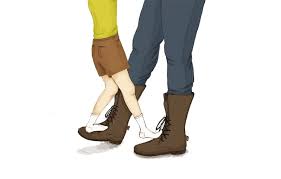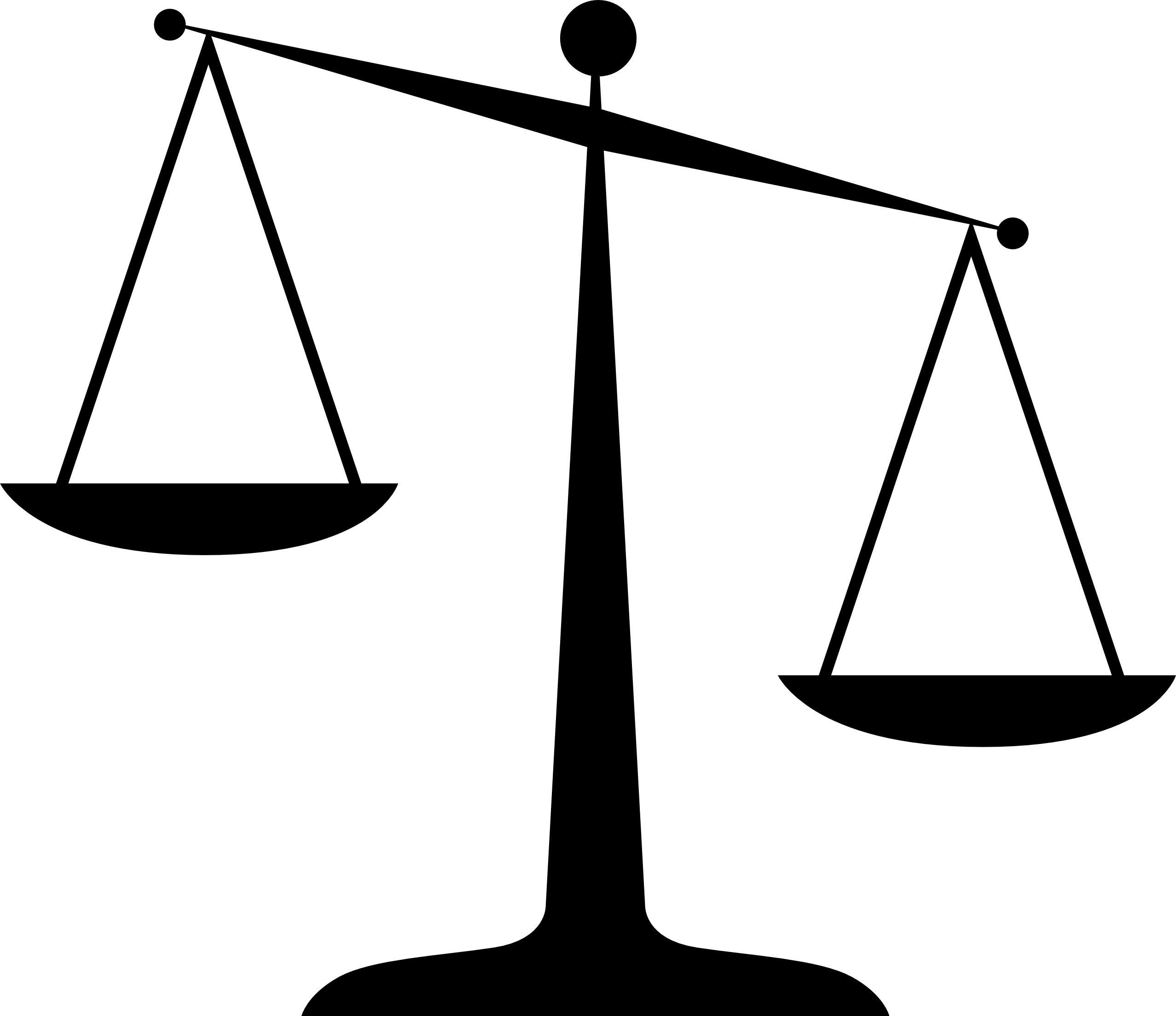Poetry offers a unique angle of interpretation in communication. The same elements of ambiguity that are found in the admiration of a visual work can be seen in abundance throughout the rich history of poets’ pieces. Words, taken in their literal or implicit definitions, are woven together in masterful ways to instill deep-seeded feelings, ranging from awe or grandeur to pity or sorrow, and sometimes humor and light-heartedness. Some of the best poems can manage to draw multiple emotional reactions from their audience, or even different reactions from within the same audience, thus leaving even the most scrutinizing analytical eye with little more than guesses as to the true intent. One excellent example of such an ambiguously crafted poem is Theodore Roethke’s “My Papa’s Waltz.”
Roethke’s iconic piece toes the line between fond memory and abuse story; it loosely guides the reader through a series of semi-serious, darkly-worded phrases that bring up more questions than they do answers. The poet’s uses of the common elements of his craft hint at a message lying slightly deeper than the one found in the initial reading, and these hidden aspects point the audience toward a much less nefarious conclusion. A critical analysis of Roethke’s use of elements such as tone, connotation, and even rhythm can show the positive message subverting the negative sound of the work.
To begin with the forefront of poetic elements, the speaker’s language can be scrutinized to several ends. “My Papa’s Waltz” is filled with words and phrases that traditionally carry negative connotations. The first detail mentioned is that Papa’s breath smells of whiskey, implying that the interactions thus described are involving the antics of a drunk man. The waltz in question is said to go on “until the pans / Slid from the kitchen shelf” (5-6). This amount of destructive action leads to the mother’s disapproval, which is another negative element. Similarly, there are two descriptions of the speaker experiencing physical discomfort. It is said that his ear scraped on Papa’s buckle whenever he missed a step, which would be a common occurrence for a drunk man. After this, the audience is told that Papa beat time on the child’s head. Once again considering the state that Papa was described to have been in, it is not unreasonable to assume that his drumming was heavy-handed.
In spite of these heavily negative-seeming details, there exists a few words of positive nature. The presence of these words calls into question the surface-level interpretation of the poem. Amidst the aforementioned details, the speaker describes his interactions with Papa as romping, a playful term that cuts away at the previously accepted negative understanding of the poem. Similarly, the description of the whole event as a waltz implies a positive theme. This interaction that the speaker shares with Papa is a dance, a choreographed number that ends with him being “waltzed…off to bed” (15). Furthermore, at this ending, the speaker states that he is “[s]till clinging to [Papa’s] shirt” (16), and this action implies that the speaker does not want to separate from Papa—that the experience is a positive one deserving of extension.
The use of the paradox of positive and negative existing simultaneously in this poem serves to advance the potential for interpretive differences. The speaker’s balance of these elements is a fine example of ambiguity, walking the quality of the event back and forth between being fun and enjoyable or frightening and dangerous. Were the audience to read the poem in a positive, negative, or neutral tone, these elements of paradox would still stand as constants in the speaker’s varying descriptions. Overall, the conflicting elements of the poem spark the curiosity in the reader to determine which one rings truest.
In light of the knowledge of these instances, the tone of the poem can be scrutinized to advance the interpretation and put to rest the question of the paradox. The speaker states that his “mother’s countenance / Could not unfrown itself” (6-7). This is the only mention of a person disapproving of the waltz, which, by omission, implies that the speaker and Papa feel positively about it. Similarly, the speaker describes Papa’s “hand that held [his] wrist” (9), which reveals that, while Papa is swaying around quite recklessly, he has a firm and protective hold on the speaker. When the lens of positivity is lain over the whole poem, it reads much more fluently as a happy memory of chaotic fun. The use of negative words becomes ironic, in a sense, as it highlights the physical dangers presented by the waltz without carrying frightened or undesirable undertones.
The last element of the poem to be analyzed is the structure. The layout and rhythm of Roethke’s poem mirror the flow of a true waltz, which builds upon the positive connotation of the word and secures the positive tone of the entire work. A waltz is a dance of three steps, repeated throughout the course of a song. In a similar fashion, “My Papa’s Waltz” is written in iambic trimeter, almost every line in the poem has three beats of pronounced stress. Just as Papa’s waltzing is imperfect, there are three lines in the poem that pervert the trimetric flow. In the third stanza, lines ten and twelve have an extra syllable, breaking the otherwise constant structure, as does line fourteen in the fourth stanza. Interestingly enough, these lines are the ones that describe Papa’s battered hands and the speaker’s ear scraping the buckle, respectively. The poet uses the incongruence within the waltz-like rhythm to enunciate the glaring nature of these details.
The inclusion of this stylistic choice aids greatly in the image of positivity interpreted from the work. The speaker of the poem is fondly walking back over the experience of dancing with his father, proven by the honoring of the waltz’s rhythm in the poem’s structure. While it acknowledges the undesirable aspects, it is rooted in the image of a father and his child having a rowdy and fun time. The speaker recognizes the lesser elements, such as a touch of carelessness in Papa, but it does not completely mar the experience in his mind.
Ultimately, “My Papa’s Waltz” is a person’s recollection of a cherished memory. While it admits the dangers in its use of negative sounding language, the warmth of the event is found in the subtext. The speaker’s language, tone, structure, and imagery, found beneath the deceptive façade, serve to advance the idea that he was fully in support of the waltz. The aforementioned clinging finalizes this point, creating the image of the speaker not wanting it to end. Perhaps he does this knowing that someday it would be nothing more than the paradoxical memory that the audience is presented with. As a beautiful example of poetry’s ambiguous and subtle nature, Roethke’s work leaves its attentive readers with the satisfaction of finding the positive underlying meaning of a seemingly overtly negative poem.
Works Cited
Roethke, Theodore. “My Papa’s Waltz” Literature and the Writing Process, Eleventh Edition. Ed.
Elizabeth McMahon et al. Boston: Pearson/Longman, 2010. 400-401. Print.




